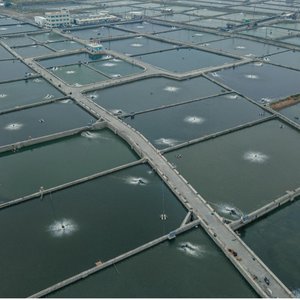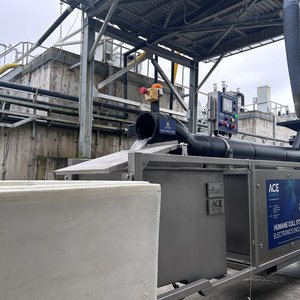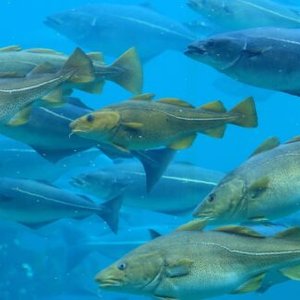In an attempt to diversify mariculture in the country, the Visakhapatnam Regional Center of ICAR-Central Marine Fisheries Research Institute (ICAR-CMFRI) successfully bred and produce seeds of John’s snapper (Lutjanus johnii).
Snappers are in high demand globally and are good candidates for mariculture due to their high growth rate, efficient feed conversion, meat quality and superior consumer preference. John’s snapper seeds globally have only been produced in Singapore with limited success.
ICAR-CMFRI started working on this species a year and a half back. Broodstock matured and were induced to spawn at the beginning of 2020. Larvae hatched 14 hours after fecundation at 28-30°C. The mouth opened 54 hours post-hatch (dph). The larval rearing was carried out using green water with different live feeds such as Nannochloropsis sp., Isochrysis sp., copepod nauplii, rotifers and Artemia nauplii. Larvae were weaned on artificial feed from 20 dph. Larvae started metamorphosis at 22 dph, which was completed by 30 dph, with fully-weaned larvae. After 42 days, a survival rate of 3.67% was achieved and fry reached an average size of 3.8 cm and 0.62 g.
This was the first time in the country that John’s snapper seeds have been produced and researchers achieved continuous seed production. With the production of snapper seeds on a consistent basis, Indian mariculture is poised for a new surge with an exponential increase in finfish production.
Marine cage farming in the country started in 2005 and the first successful harvest was at Visakhapatnam in 2007, with three tons of seabass in one cage. Cage culture, subsequently expanded to all maritime states and the number of cages increased. However, cage farming failed to reach its true potential, due to the non-availability of quality seeds. Keeping this in view, ICAR-CMFRI started developing broodstock and seeds were produced in large numbers for cobia and silver pompano at Mandapam, Tamil Nadu and grouper and Indian pompano at Visakhapatnam. Additionally, two national broodstock facilities were established at Vizhinjam, Kerala and Mandapam, Tamil Nadu.
“Recent success in seed production of John’s snapper by Visakhapatnam Regional Center of ICAR-CMFRI has raised a ray of hope for the culture of the fish using hatchery-produced seeds and will present enormous scope for aquaculture business opportunity in near future for fish farmers through species diversification,” researchers said.

Larvae of John’s snapper at 16 dph. Photo source: ICAR-CMFRI.












